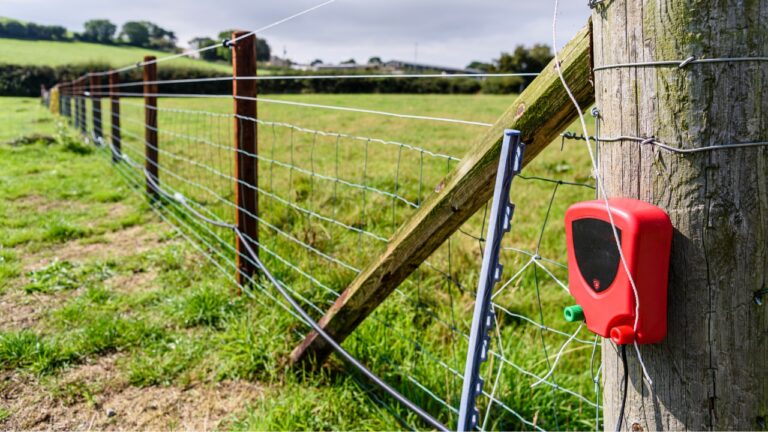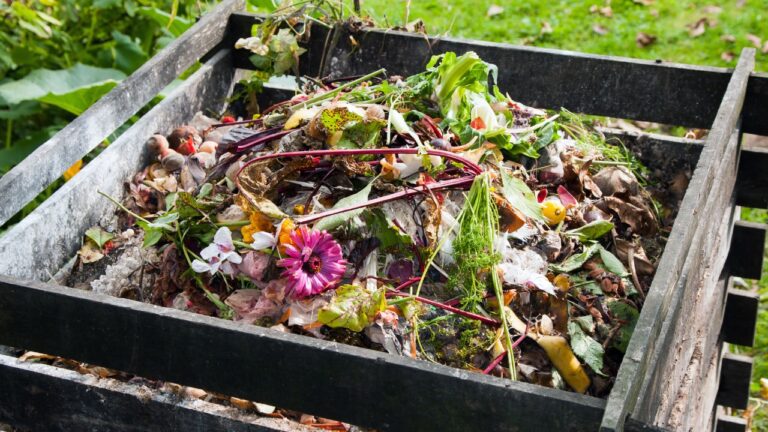12 Things to Do to Raw Land Before You Ever Try to Live On It
Moving onto raw land sounds like a dream—no neighbors, wide open space, and the freedom to build what you want. But before you haul out a camper or drop a mobile home, there’s a long list of things that need to happen first.
Raw land doesn’t come ready to live on. It comes with work. And if you skip any of these early steps, you’re setting yourself up for a lot of headaches, delays, and extra expenses down the road. Here’s what you need to get done before trying to live on it.
Get the Land Surveyed

Before anything else, you need to know exactly where your property lines are. Don’t trust old fencing or word-of-mouth—get a licensed survey. This keeps you out of legal trouble and helps you plan out access, driveways, and build sites.
A survey will also tell you about easements, flood zones, and any restrictions that could impact where you place utilities or structures. It’s not the cheapest step, but it’s one of the most important if you want to build smart.
Check the Zoning and Restrictions

Not every piece of rural land is a blank slate. Some counties have strict zoning, permitting rules, or building codes—even if the land looks like the middle of nowhere. You’ll want to verify what’s allowed before you start moving dirt.
Look into things like minimum square footage for homes, septic approval, and any special use permits. If you’re buying in a rural subdivision, check for HOA rules too. This step can make or break your timeline.
Bring in a Road or Driveway
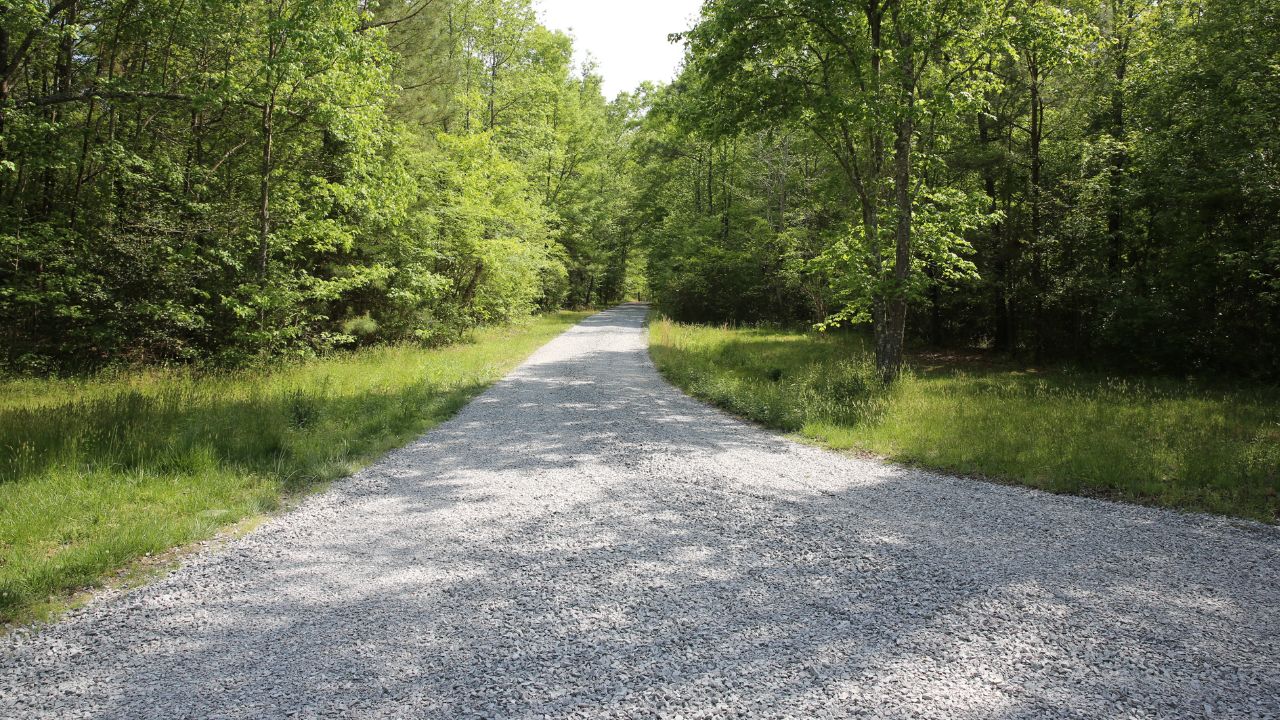
You need a solid way in and out—especially if you plan to bring in contractors, deliveries, or live there full-time. A rough dirt trail might work short term, but it’ll become a muddy mess after one good rain.
Gravel is usually the most affordable option for a permanent driveway. You’ll need to think about drainage, culverts, and where water naturally flows so you don’t wash it out. If the county has to approve your entrance, get that done early.
Test the Soil for Septic

Before you can install a septic system, the soil has to be tested and approved. That means a percolation test (perc test) to see how well water drains. Not all land will pass, and if it doesn’t, you’ll need alternative options—which get expensive fast.
Get the test done before you plan your build site. That way you won’t be stuck shifting everything around to make a septic field fit later. In most places, a septic permit is required before you can live on the land legally.
Figure Out Where the Water Will Come From
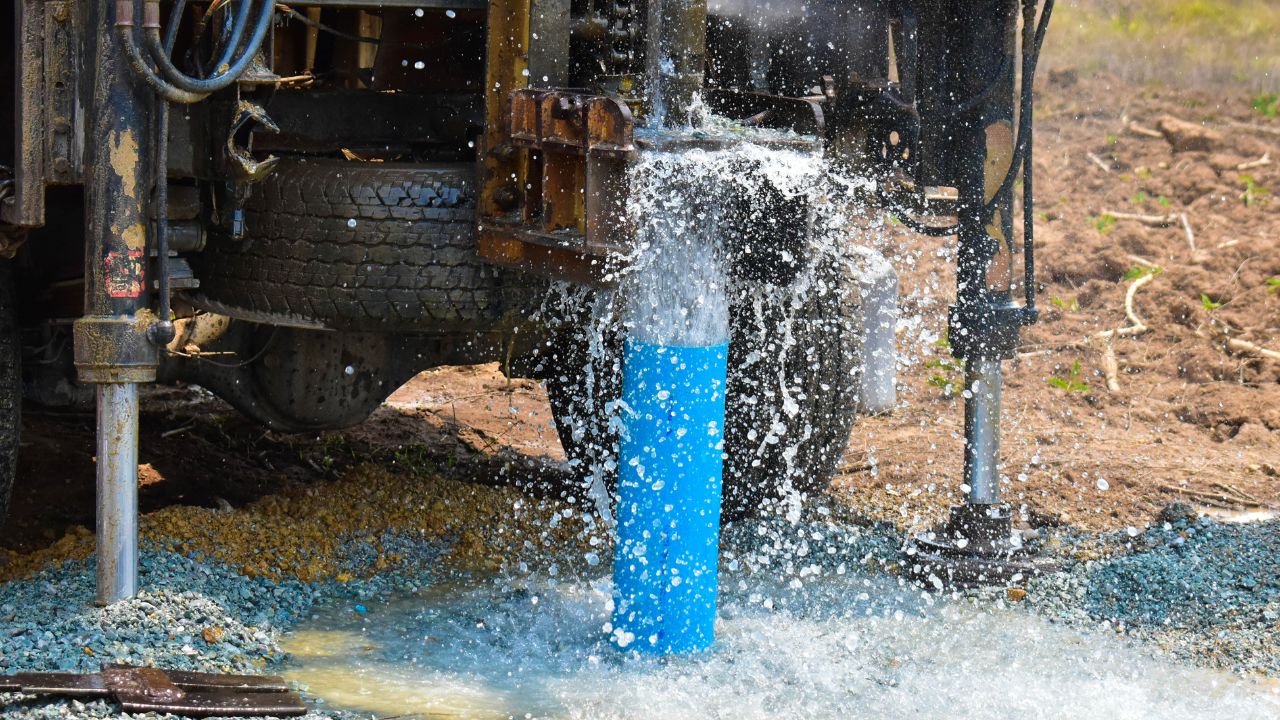
You can’t live on land without water. If there’s no existing well, find out how deep you’ll need to drill and what kind of water table you’re working with. Costs can vary wildly depending on the terrain and how far they need to drill.
In some areas, you might be able to tie into city or rural water, but that’s rare with raw land. And even if you’re bringing in hauled water, you’ll still need storage tanks, a pump, and a pressure system to make it usable.
Run Electric (Or Plan to Go Without)
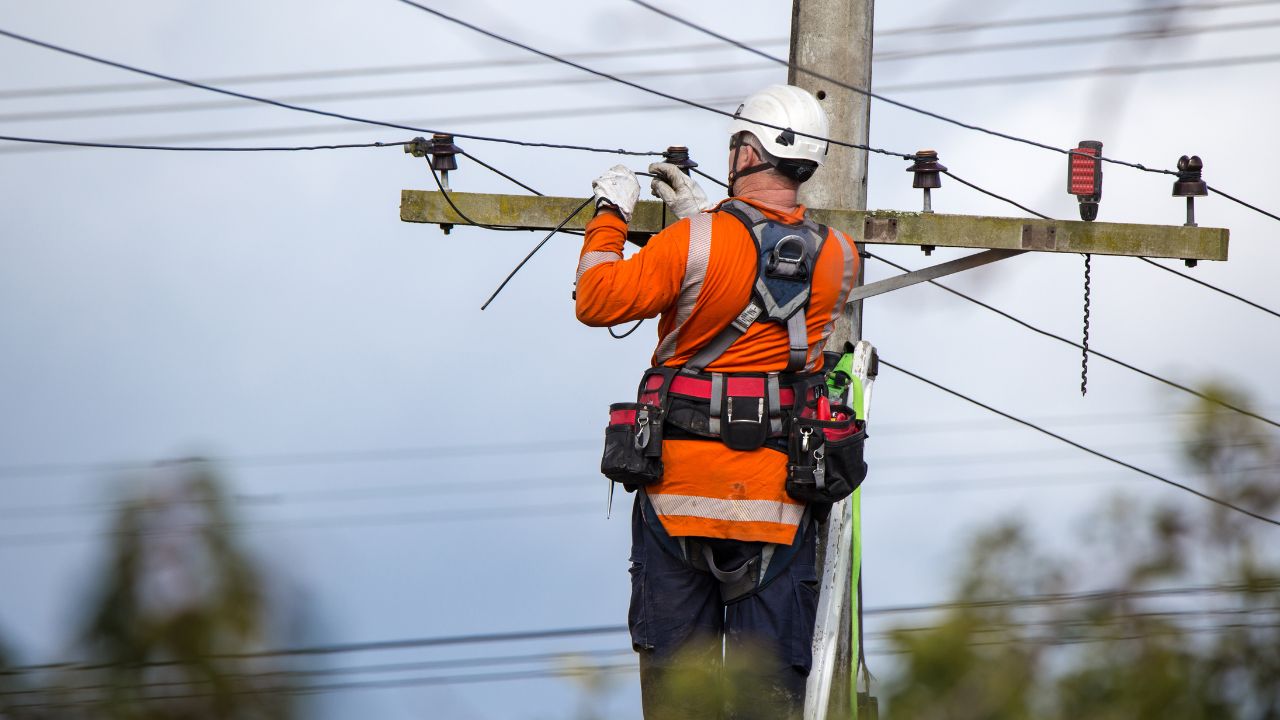
If electric is available, call the power company to find out how much it’ll cost to bring it in. It could be a few hundred dollars—or tens of thousands—depending on how far your nearest pole is.
If the cost is too high, you’ll need to plan for solar, wind, or generator power. That’s doable, but it takes prep work. You’ll need battery banks, an inverter, and enough storage to keep things running when the weather doesn’t cooperate.
Clear a Build Site Safely
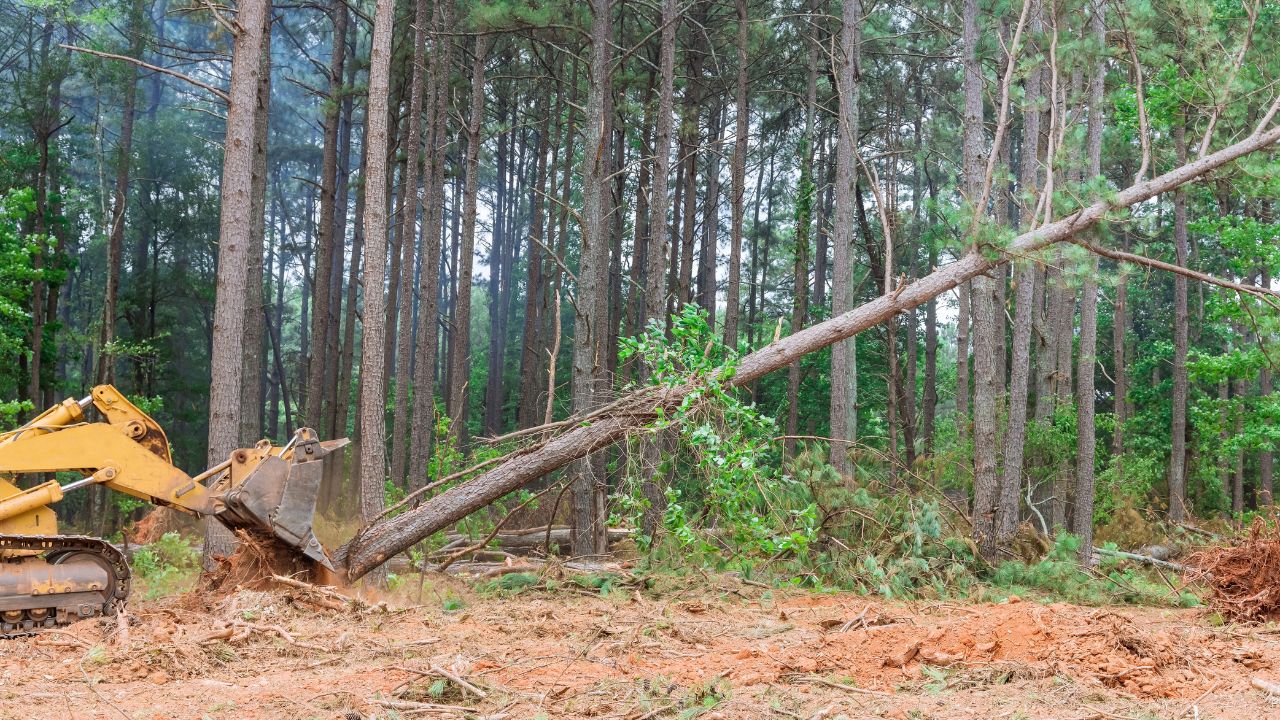
Clearing land for your house pad or camper spot is more than mowing down some brush. You’ll need to take out trees, roots, and stumps—and then level the area so it drains well and won’t shift over time.
Don’t forget to clear enough space for fire prevention and future access. Burning debris is common, but you need to check local burn rules and wind conditions before lighting anything up. Renting heavy equipment or hiring it out is often worth the cost.
Put in a Mailbox and 911 Address
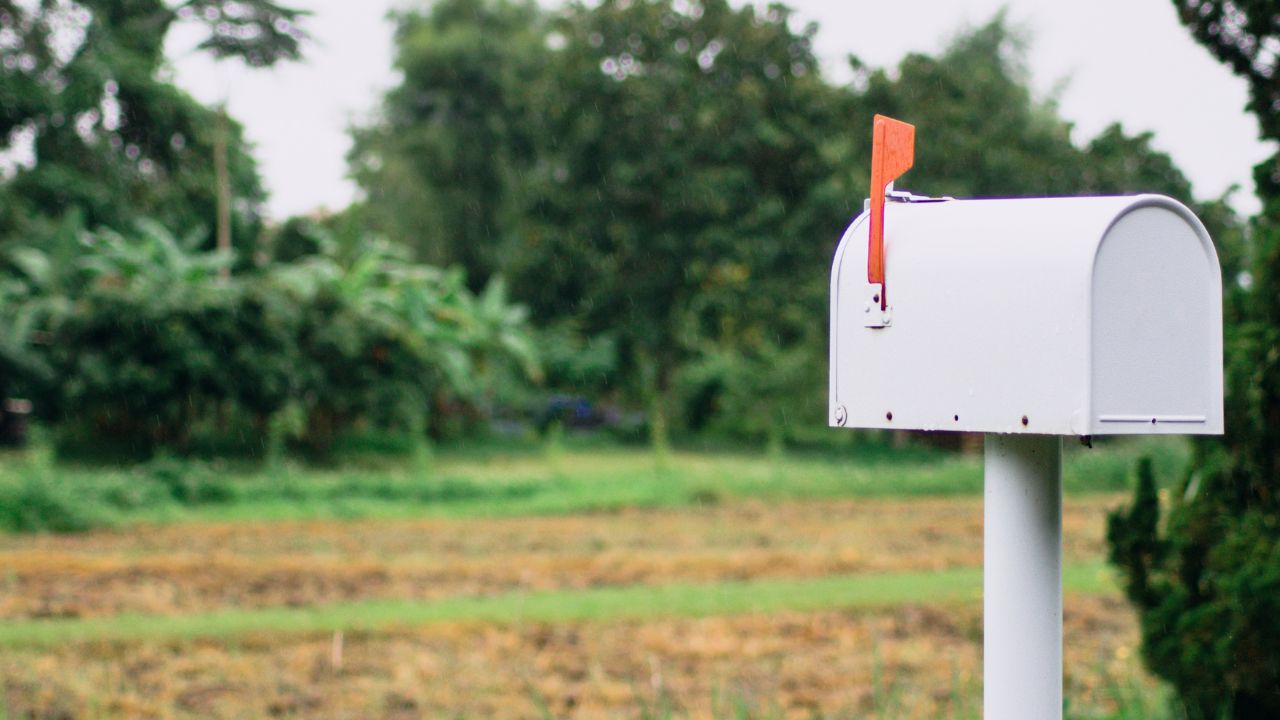
A lot of raw land doesn’t have a physical address assigned to it. You’ll need to contact your county or emergency management office to get a 911 address before you can receive mail or deliveries—or call for help.
Once that’s set up, install a visible mailbox and address marker at the road. You’ll also want to make sure any delivery drivers can find you on a map. GPS isn’t always reliable out in the sticks.
Set Up Storage for Tools and Supplies

Raw land means no garage, no closet, no shed—so where are you going to put your tools, fuel, and equipment? Before you move out there full-time, you’ll need a way to store things out of the weather.
A storage container, small shed, or enclosed trailer can buy you time and security while you build. Without it, everything you own ends up scattered in your vehicle or ruined by sun and rain.
Get a Game Plan for Trash

There’s no curbside trash pickup in most rural areas. That means you’ll need to either haul it to the dump yourself or hire a private company. Until you get that sorted out, you’ll want a secure place to keep your trash safe from animals.
Burn barrels and composting are common solutions, but they come with rules and limitations depending on where you live. Plan ahead so you’re not stuck with overflowing bags and no good options.
Check Cell Service and Internet Options

Some areas get zero bars. If you’re planning to work from home, stream anything, or rely on GPS, make sure you test your signal before you move in. You might need to invest in a booster, hotspot, or satellite setup.
Rural internet isn’t always fast or cheap. And in some places, it doesn’t exist at all. Knowing your options ahead of time saves you from being blindsided later.
Think About Drainage and Runoff

Where does the water go when it rains? If you don’t know, you could be in for a mess. Standing water, flooding, and erosion can ruin driveways, flood build sites, and create long-term issues with septic or foundations.
Before you build anything, walk the land after a heavy rain. Watch where the water flows and pools. You might need to add culverts, swales, or berms to help direct runoff and protect your structures.
*This article was developed with AI-powered tools and has been carefully reviewed by our editors.


